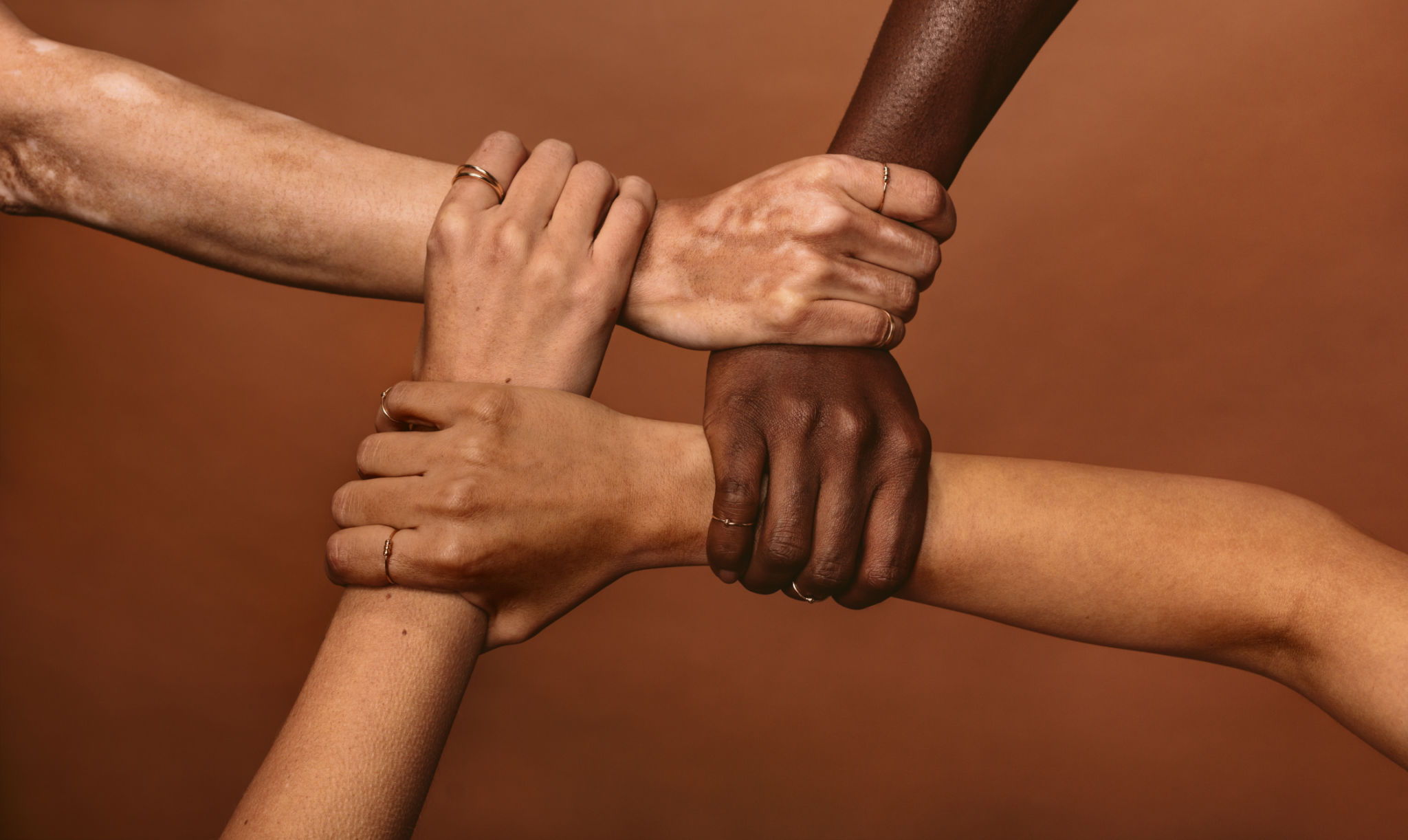Understanding Criminal Justice Reform: Key Concepts and Challenges
Introduction to Criminal Justice Reform
The concept of criminal justice reform has become a pressing issue in today's society. It encompasses a variety of changes aimed at improving the fairness, efficiency, and effectiveness of the criminal justice system. As more people recognize the need for change, understanding the key concepts and challenges involved is essential.
At its core, criminal justice reform seeks to address disparities and inefficiencies within the system. This includes tackling issues such as mass incarceration, racial bias, and the rehabilitation of offenders. By examining these areas, reform efforts aim to create a system that better serves both individuals and communities.

Key Concepts in Criminal Justice Reform
Mass Incarceration
Mass incarceration refers to the substantial increase in the number of incarcerated individuals over the past few decades. The United States, for instance, holds a disproportionately high percentage of the world's prison population. This phenomenon has prompted calls for reform, focusing on reducing prison populations and addressing the root causes of crime.
Racial Disparities
Racial disparities in the criminal justice system are another major concern. People of color, particularly Black and Hispanic individuals, are often disproportionately represented in arrest and incarceration statistics. Addressing these disparities is vital for achieving a fairer system that provides equal treatment for all citizens.

Rehabilitation and Reentry
An important aspect of reform is shifting the focus from punishment to rehabilitation. Providing resources and support for offenders to reintegrate into society can reduce recidivism rates and foster long-term positive outcomes. Successful reentry programs can help individuals find employment and housing, reducing the likelihood of re-offending.
Challenges in Implementing Reforms
Political and Public Resistance
Despite widespread recognition of the need for reform, political and public resistance often poses significant challenges. Some stakeholders may be reluctant to change existing systems due to perceived risks or ideological beliefs. Building consensus and fostering open dialogues are crucial steps towards overcoming these obstacles.

Resource Allocation
Effective reform requires adequate resources and funding. This includes investing in mental health services, education, and community programs that can prevent crime and support rehabilitation efforts. Ensuring that resources are allocated effectively is essential for successful reform implementation.
Measuring Success
Another challenge lies in measuring the success of reform initiatives. Developing clear metrics and benchmarks can help assess progress and identify areas for improvement. Data-driven approaches can provide valuable insights into what works and what doesn't, allowing for more targeted and effective reforms.

The Path Forward
Understanding criminal justice reform involves recognizing both its complexities and its potential to create meaningful change. By addressing key concepts like mass incarceration, racial disparities, and rehabilitation, society can work towards a more equitable system.
The path forward requires collaboration among policymakers, community leaders, and citizens to overcome challenges and implement effective reforms. Through concerted efforts, it is possible to build a criminal justice system that promotes justice, fairness, and public safety for all.